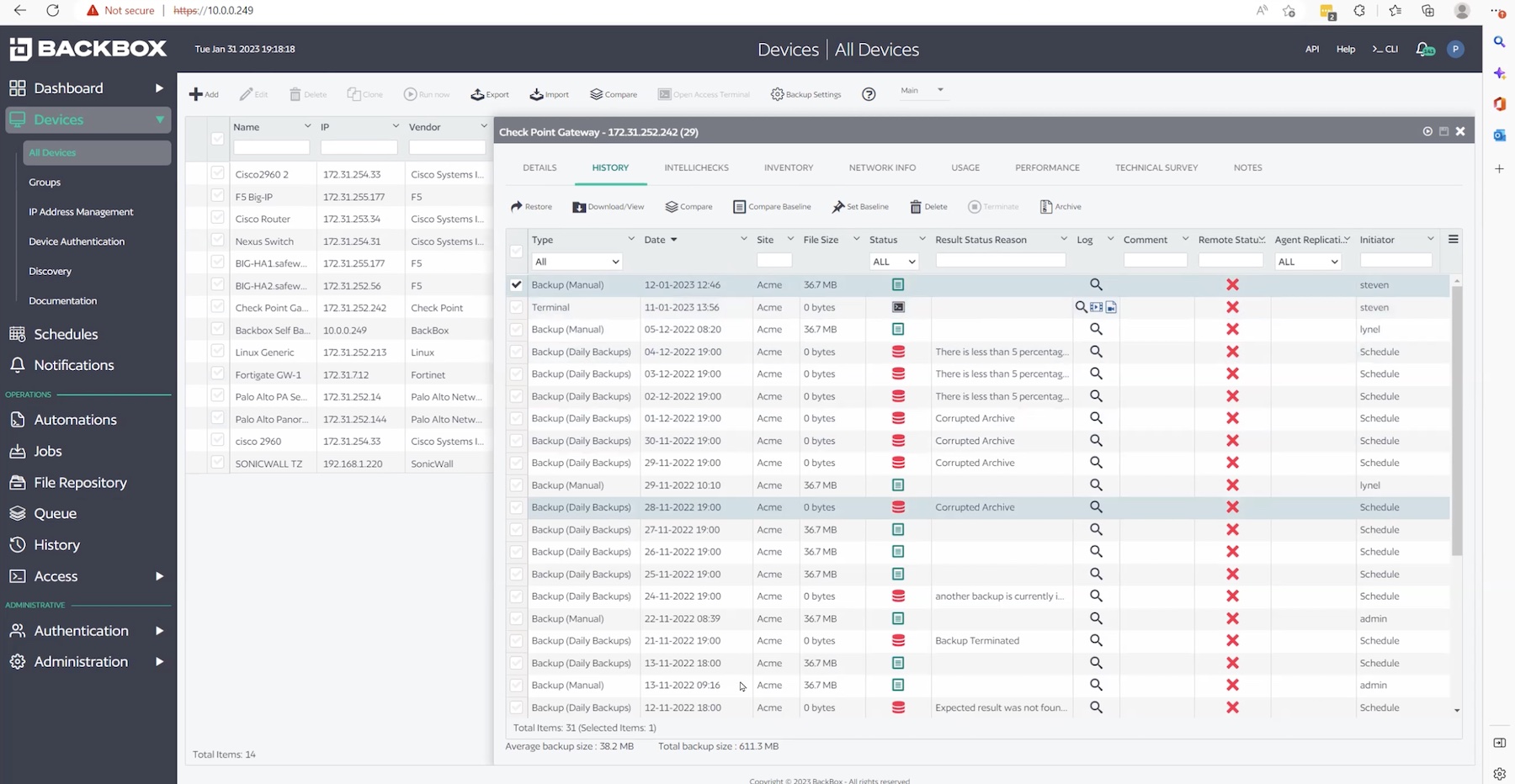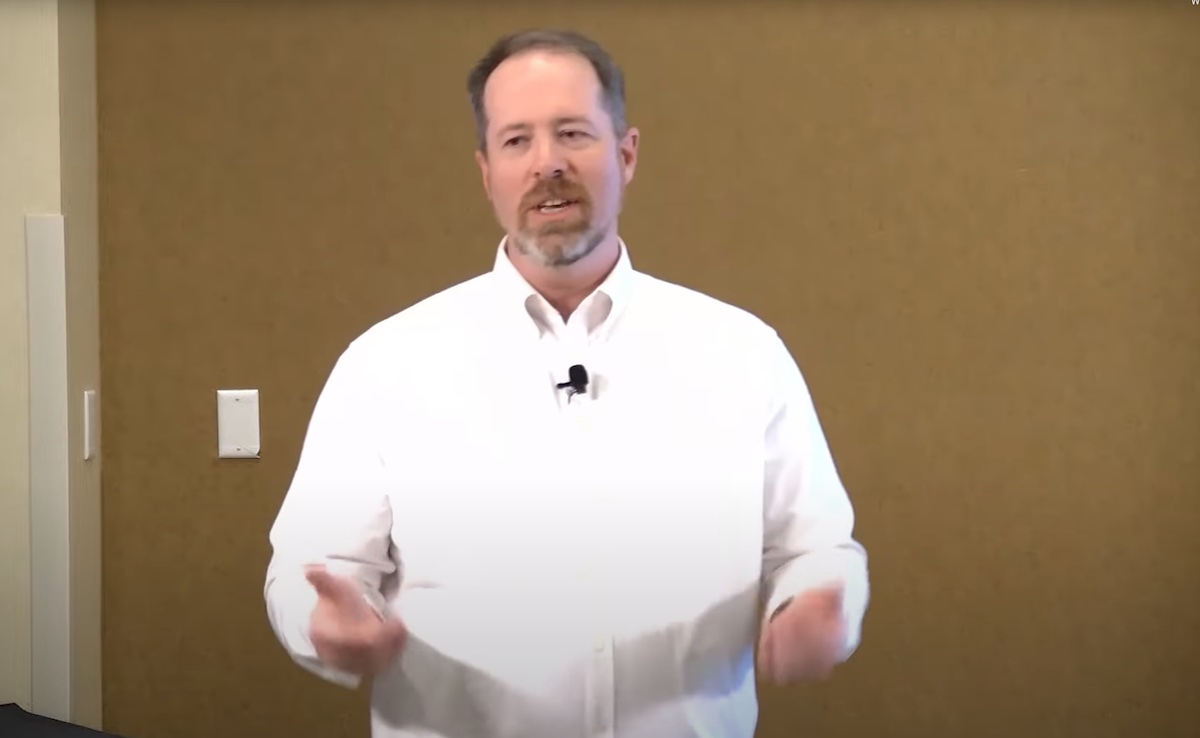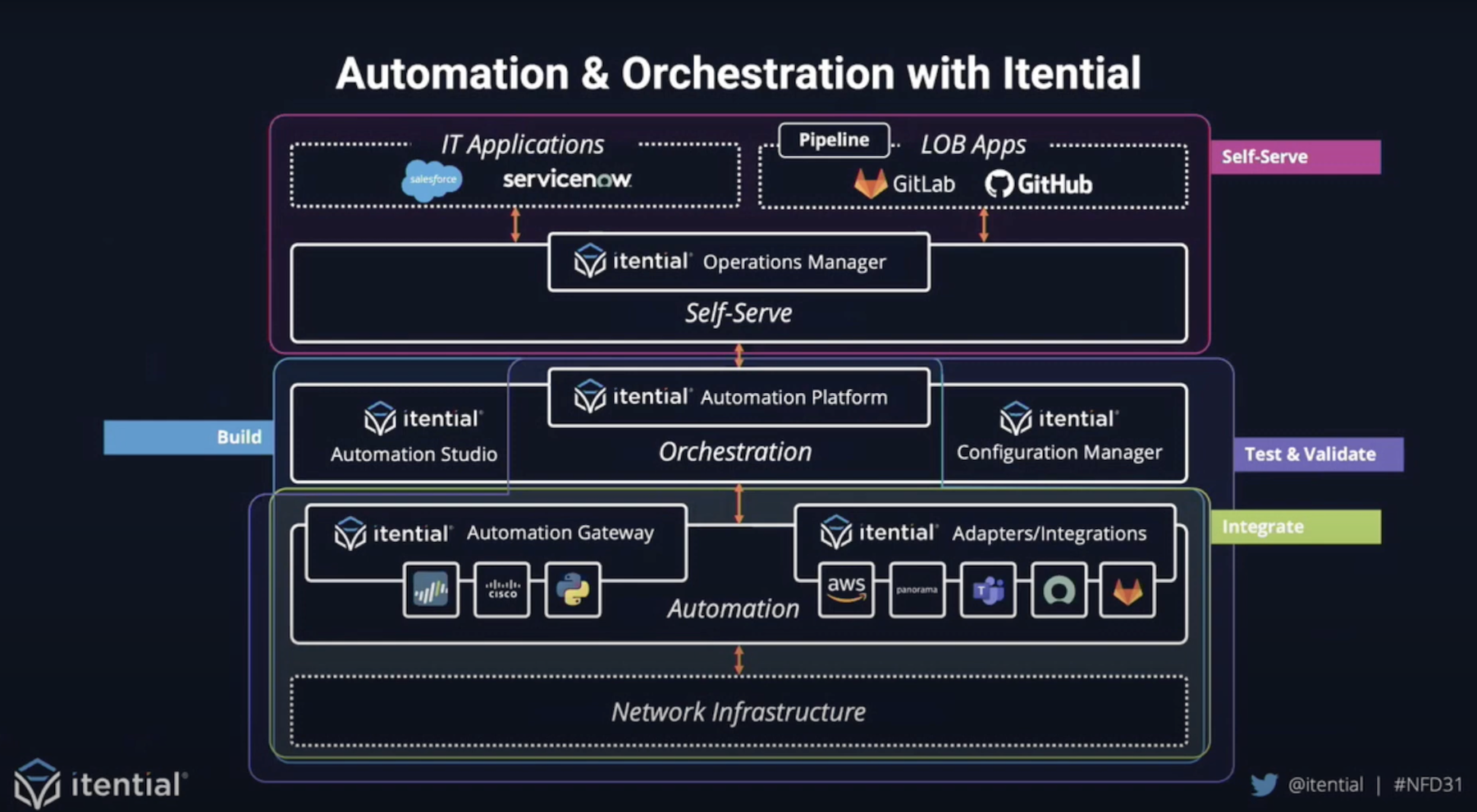Today’s enterprises have a complexity problem. On one hand, technologies have become increasingly complex. And on the other hand, companies are struggling to hire skilled professionals in what is the tightest labor market in decades. This gap has turned networks into minefields of failures, and organizations are grappling to deliver consistent, low-friction experiences to users.
We recently had the opportunity of meeting with a company that works at this intersection of shifting patterns and sprawling complexity in IT. Their mission – to tame runaway complexity in network management, and enable enterprises to be at the cutting edge of technology without the toil.
Former network engineer and Tech Field Day Events Lead, Tom Hollingsworth, met with Josh Stephens, CTO, at BackBox to talk about the toll that quotidian network administrative tasks take on engineers’ daily productivity, and learn how Backbox promises better outcomes with user-friendly and reliable automation.
Need for Skill
Network automation was introduced as the way to navigate through the frightening wilderness of complexities that is modern-day networking, but leveraging automation is a whole other test, the first rules of which are hours of coding, or making do with dumb out-of-box functions.
“If you look at the network automation market, you’d find that there are some easy-to-use, but feature-poor products at the network config management level of the market, and some really comprehensive but hard-to-use products at the high end,” Mr. Stephens pointed out.
Leveraging either type means appointing members of the team who are skilled in scripting to implement and extend the product. For high-end solutions, there needs to be a dedicated, big size automation team that can manage the platform and implement automation at scale.
But with intelligent, ready-to-use automation, there is a way to go around hiring extra skills, and taking the pressure off of the existing workforce to upskill and take on new responsibilities that may or may not be in their purview.
But fears around automation being a replacement for workers are holding companies back. “What we have to do is educate buyers on the fact that, we’re not taking their jobs away. We’re actually empowering them to do much more work,” added Mr. Stephens.
BackBox Sits in the Middle
BackBox labels itself as a network security infrastructure automation company. Born in Israel in 2009, BackBox was an MSP before moving bases to Dallas, Texas, where it is headquartered since 2021. During the interview, Stephens who has a strong background in network automation and management, laid out what BackBox does in layman’s term – “We automate tasks necessary to maintain, manage and secure modern IT networks.”
Their product, the BackBox Network Automation Platform, he explained, is designed to automate configuration changes, and management tasks associated with infrastructure devices.
As of today, BackBox serves over 500 enterprise customers, a third of which are large Managed Service Providers (MSPs) and Managed Security Services Providers (MSSPs) looking to automate managed networks at scale. That translates to managing over 100,000 networks a day.
Mr. Stephens highlighted that out of the box, BackBox supports 180 vendors and thousand device types. It is how they automate multi-vendor networks end to end.
On being asked if such broad support for devices comes through API integration, Mr. Stephens answered that although APIs are its preferred way, BackBox can handpick the most intelligent protocols for access which include SNMP, SSH, Telnet and more.
“The product does have the ability to fall back and try other methods, but in general when we add support for a device, part of that support is not only the protocol or access method, but within that access method, the details of how you get different information that you might need,” explained Mr. Stephens.
The BackBox Network Automation Platform
Sr. Product Manager, Perry Greenwood, who also joined the conversation showed a quick demo of the product explaining its key capabilities.
Backbox packs some powerful automation features which allow it to serve use cases from multi-vendor network management to task automation, network backup and recovery, and last but not the least, security and compliance.

In everyday things, BackBox automates patches and upgrades reducing the routine workload and time spent on them. Teams can run network health checks with BackBox IntelliChecks that monitor system health and provide deeper app-level intelligence.
One of their most distinguishing features which is a part of the platform’s latest version, is one-click disaster recovery. BackBox lets users schedule automated backups of every device in the network. It builds a central backup of all config files that can be pulled up for quick recovery any time, without scripting.
Mr. Stephens explained that recovery on BackBox is failsafe because of the 5-step verification method it uses to verify the files.
“Part of what makes the product ultra-reliable is, not only does it have the ability to do very comprehensive backups, but there is a set of check procedures done on every backup, to make sure that the files are valid and could be used to restore. There are recursive workflows that you could use to retry a backup if it failed later, and learn why it failed. Our backups are intended to be restored with one click.”
Once verified, configurations can be restored with a click of a mouse.
The platform has a set of pre-built tasks with which it can change configuration settings, make upgrades, and implement fixes simultaneously to multiple devices with just one click.
Backbox comes with a centralized dashboard where users can view live status information and time-lapse of device health, push changes into devices, check compliance history and much more.
BackBox can be deployed on premises, and in the public cloud in a customer-managed model. There’s also a new hybrid SaaS model which is managed by Backbox.
In Conclusion
As a network infrastructure automation platform, BackBox ticks a lot of the boxes that enterprises look for in an automation solution. Aside from the host of capabilities it has, things that stand out, and have most appeal to the customers are ease-of-use and simplicity. Requiring no knowledge of scripting language whatsoever, makes BackBox a user-friendly solution built for teams to be able to perform routine tasks in much shorter time, and implement end-to-end automation, reliably and at scale.
Editor’s Note – Jonathan Moore, VP of Global Marketing clarified that BackBox is “scripting-free”. He shared the following:
“BackBox lets you create new/custom automations using the same commands you would if you were logged into a device directly, then translates those into the scripts needed to execute them across your network. So technically scripts are involved, but you don’t need any knowledge of scripting languages to automate tasks with BackBox.”
For more information, head over to BackBox’s website. For more articles like this one, keep reading here at Gestaltit.com.




